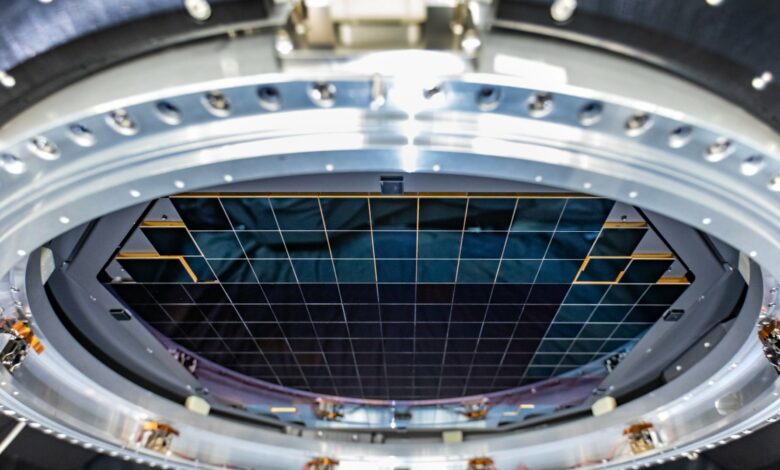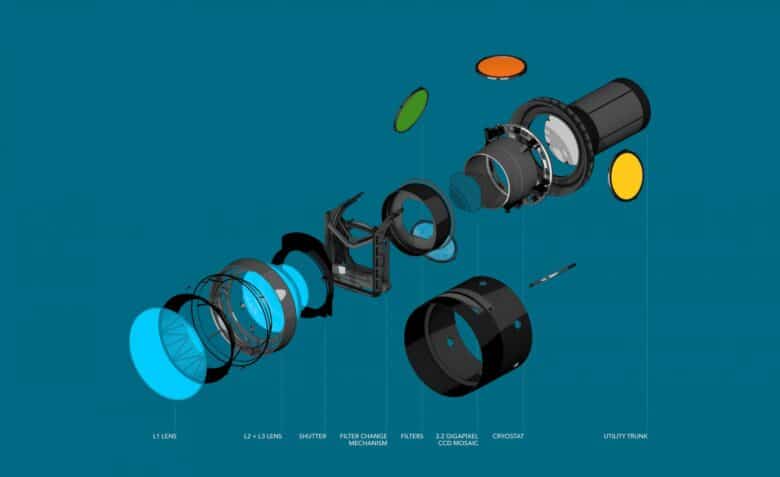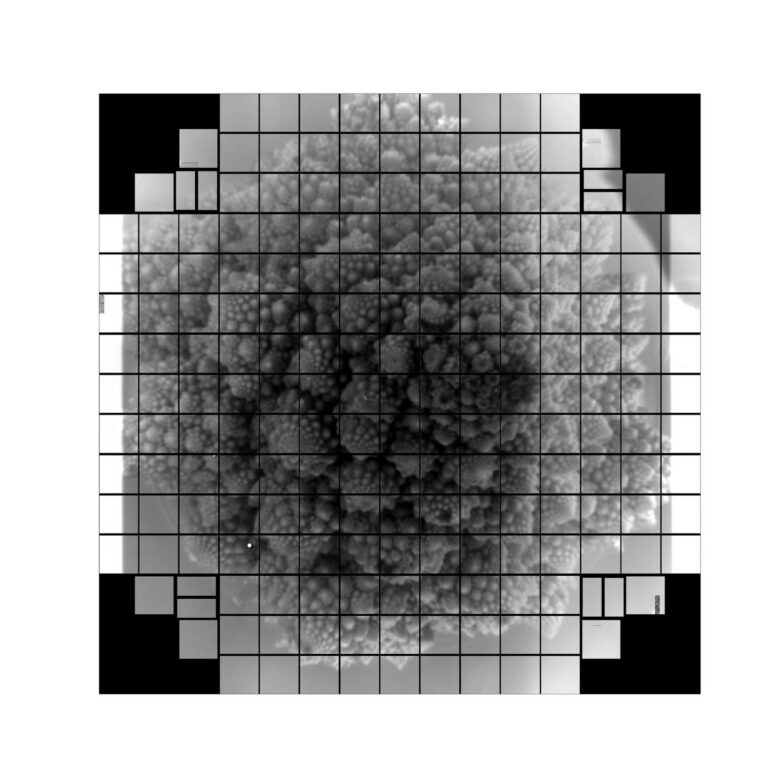
For some time now, the Vera C. Ruby Observatory is under construction. But nevertheless the observatory is now being talked about all over the world. It will be completed next year. The reason for this is the digital camera with which the observatory is to be equipped. Now scientists of Stanford University have finally completed the sensor field of the gigantic specimen. With it, the first photos could already be taken. And they are more than impressive.
Sensors are being tested
Soon the world’s largest digital camera will be completed. But before the scientists give the gigantic camera its appropriate sensor field, it will first be put through its paces. With the first images of the sensors it becomes clear what the digital camera will be capable of. During the test run, only everyday things were photographed. But despite this, the results are astonishing. For example, a Romanesco cauliflower was used as the motif.
Digital camera should be used for astronomy
Of course the camera is so powerful that it is simply “overqualified” for everyday things like a cauliflower. The main field of application for the high-resolution digital camera is supposed to be astronomy. It is not without reason that it is to be used in an observatory. In total the camera uses 189 CCD sensors. Each of these sensors offers a resolution of 16 megapixels. This results in a total sensor field with 3.2 billion pixels or 3.2 gigapixels total resolution. Such a high resolution is hard to imagine. You theoretically need 378 screens with a 4K resolution to display one of the images in full resolution. Thanks to the gigantic resolution you should be able to capture whole sky panoramas.

Camera should be unique selling point of the observatory
The Vera C. in the north of Chile. Rubin Observatory has not yet opened its doors. It is currently still under construction. It is not scheduled to start regular operations until 2022. But one thing is already certain: With its one-and-a-half meter high and three ton digital camera, the observatory will quickly gain worldwide recognition. The observatory will be equipped with a mirror with a diameter of over 8 meters. Among other things, this mirror will ensure that the giant digital camera can take high-quality pictures of the night sky. To take pictures of the entire night sky, the camera will probably need three nights in a row. The task of the high-performance camera is to create the largest time lapse of the universe ever. For this purpose, it is supposed to have 10 years of operation. Ultimately, the amount of data should be correspondingly large. The operators of the observatory assume a total of 500 petabytes of image data. That corresponds to 500,000 terabytes.
Stanford University is involved
The world-famous Stanford University in the USA is also involved in the project. In particular, a team from the National Accelerator Laboratory (SLAC) took care of the composition of the sensors and the sensor field. Fortunately, the corona crisis did not thwart their work. According to their own statements, the team finished its work shortly before the restrictions began. To build the huge sensor field, the researchers used a total of 25 fortifications. These were then inserted into the case along with the sensors. If you take a look at the costs of the individual components, you can guess how expensive this project will be in the end. For example, one of the 25 mounts alone will cost an impressive 3 million US dollars. But the work not only cost a lot of money, it also took time. To attach the sensors, the researchers needed a preparation time of about one year.

Specialities in everyday life
The researchers at Stanford University were also responsible for the photos that now go around the world. As commonplace as the motif is, the results are impressive. After all, the researchers photographed a simple Romanesco cauliflower. The choice of the motif was no accident. Those responsible chose the vegetable primarily because of its very special structure. Since the camera itself is not yet finished, the test was carried out using the technique of a pinhole camera. The final result, however, should rely on an optical lens. This lens will set another world record as the world’s largest of its kind.



